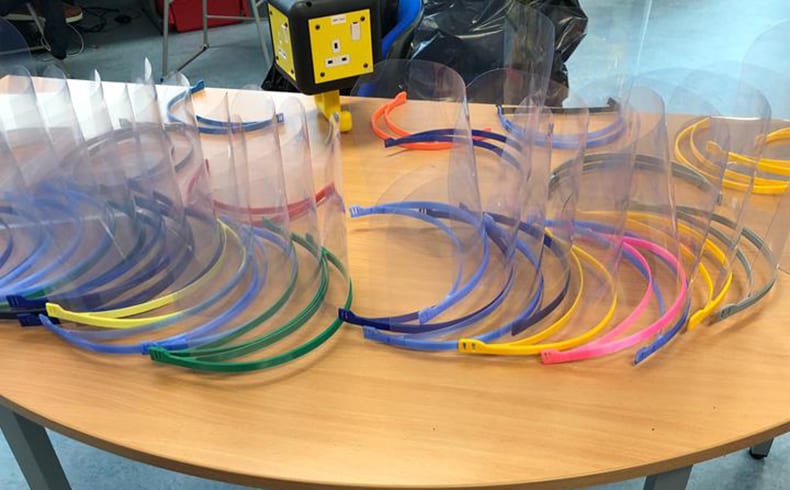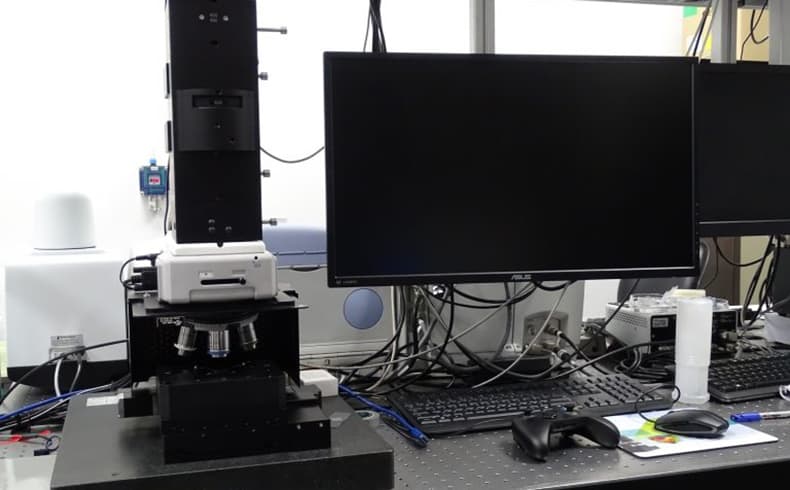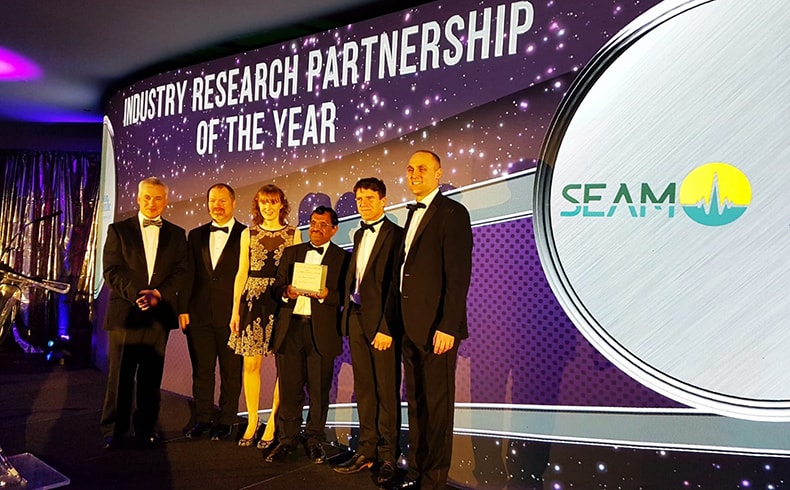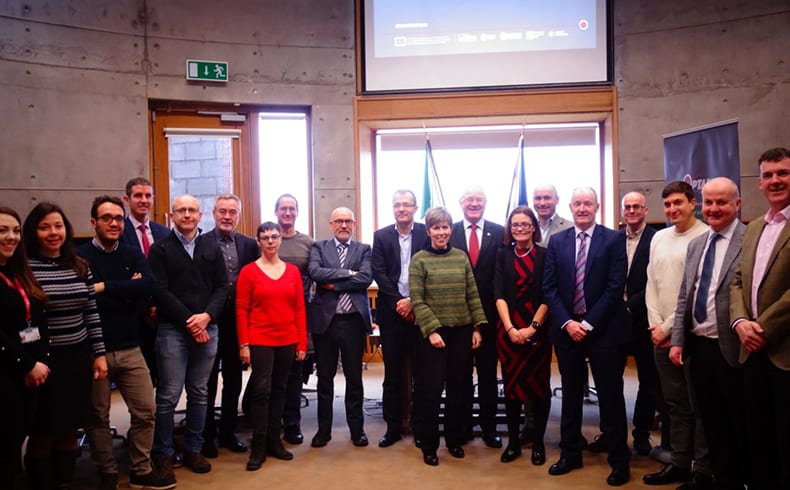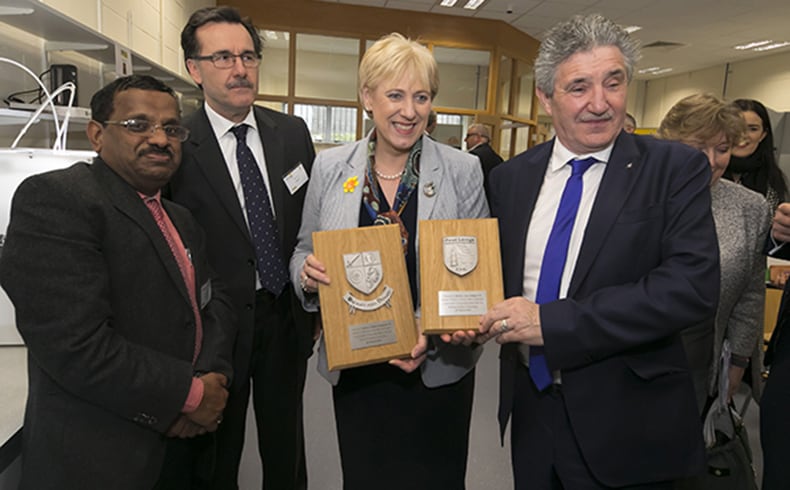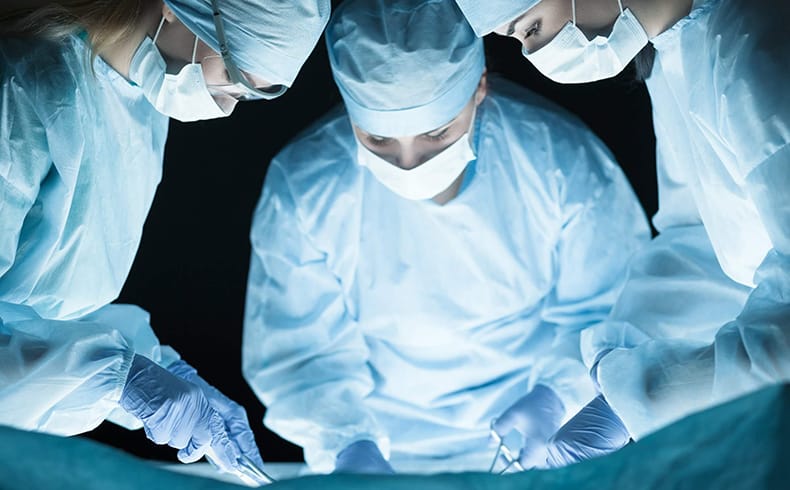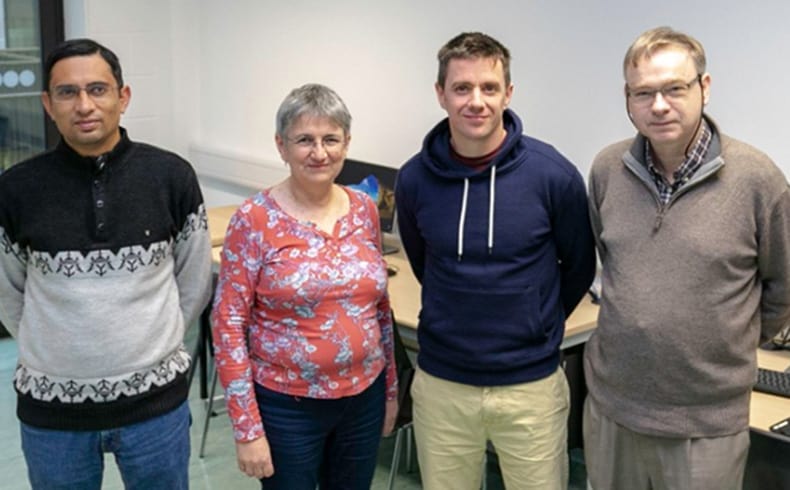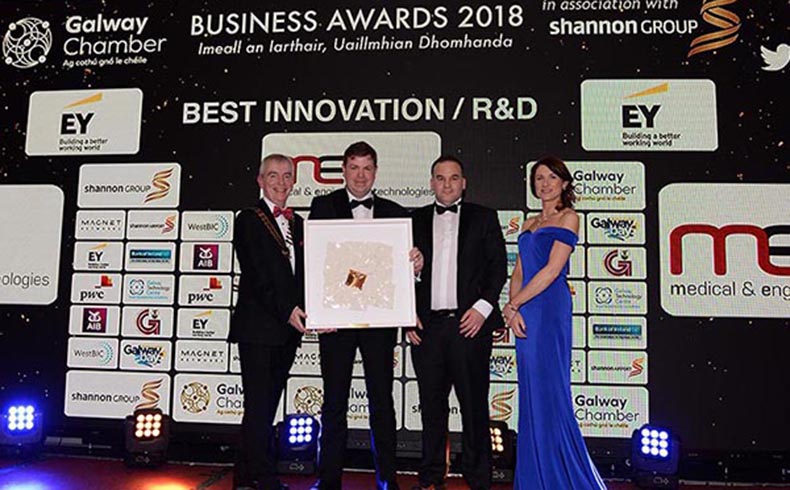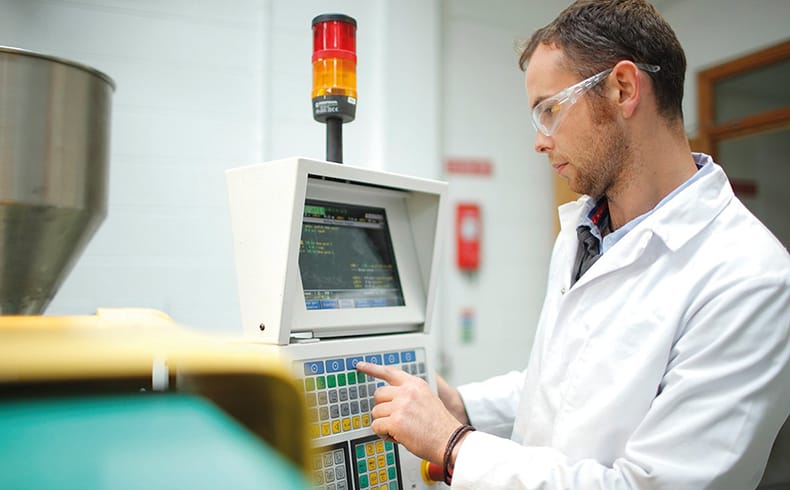IT Sligo & PEM Gateway provide vital assistance in COVID-19 fight
Researchers and engineers from the Institute of Technology Sligo are using their knowledge, expertise and facilities to assist in the current fight against COVID-19. The institute’s response was immediate when a call came from Sligo University Hospital (SUH) to provide assistance. As an initial response the Institute set to work collecting PPE from across the …
IT Sligo & PEM Gateway provide vital assistance in COVID-19 fight Read More »
